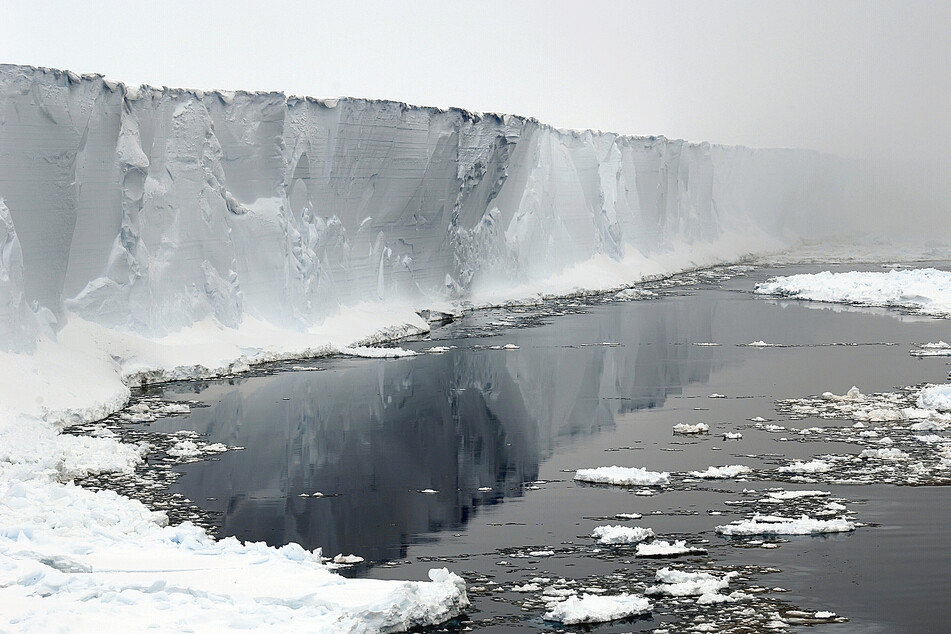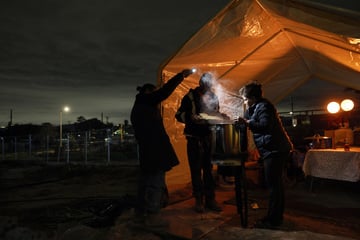Antarctic ice shelf collapses in "a sign of what might be coming"
Antarctica - A miles-wide ice shelf the size of Rome has broken up in the Antarctic and a heatwave that raised temperatures to record-breaking levels may be the cause.

Satellite imaging showed the Conger ice shelf in East Antarctica collapsing around March 15, according to the Guardian.
The loss, or "calving" of the ice shelf, which measures 745 square miles, is a problem for the flowing sheets of ice in Antarctica.
Two other Antarctic calving events happened in mid-March, with loss of ice at the Totten glacier and Glenzer ice shelf.
Ice shelves, which are the parts of ice sheets floating on the surface of the ocean, are like natural dams that hold back the ice further inland, keeping it from flowing more quickly out into the sea, where it melts and causes sea-level rise.
Now, it isn't necessarily odd for ice shelves to melt a bit, or lose chunks, especially in the hottest season of the year.
As, Prof. Andrew Mackintosh of Monash University in Melbourne, Australia, told the Guardian, "Ice shelves lose mass as part of their natural behavior."
But – and it's a very big but – "the large-scale collapse of an ice shelf is a very unusual event," he said.
Dr. Catherine Colello Walker, a climate scientist for NASA, warned of what the ice shelf's collapse means for the future of the climate crisis.
"It is one of the most significant collapse events anywhere in Antarctica since the early 2000s when the Larsen B ice shelf disintegrated."
"It won’t have huge effects, most likely, but it’s a sign of what might be coming."
Cover photo: IMAGO / agefotostock
